
An event strategy plan is the crucial first step in organizing an event. It is an all-encompassing process that enables event planners to manifest their written plans into an actual event. The global event industry was worth $890 billion as of 2020, highlighting the crucial role of effective event planning. From creating event goals to measuring its success, your event strategy is the trusted mentor guiding that journey.
However, event strategy planning is a complex endeavor with multiple interconnected steps. That is why getting it right is imperative for a successful outcome. We hope this comprehensive guide provides you with the tools and knowledge to create a compelling event strategy plan for your event. So, let’s dive into this blog and discuss every aspect of an event strategy plan in detail.
What Is An Event Strategy?
An event strategy is more than just a plan. It’s a data-driven, goal-oriented, measurable roadmap for in-person, virtual, or hybrid events. The key to its effectiveness lies in setting a clear and achievable goal and using data to guide your efforts.

An effective event strategy plan takes cognizance of your organizational ability to convert the abstract plan you imagine into a real event strategy. Carefully analyzing the event’s purpose, business goals, and inherent capacities is the cornerstone of a successful event, giving you the confidence to execute your plan precisely.
A recent Forrester report showcased how B2B businesses spend over $250,000 of their budgets on events, emphasizing the importance of having a concrete and detailed event strategy. This strategy should not exist in isolation but should be aligned with the organization’s goals. This alignment ensures that the event contributes to the overall business objectives, guides resource allocation, and facilitates outcomes measurement.
Why Does Event Strategy Matter?
The event strategy framework provides a clear path to see the big picture. It asks and answers the big questions of why, What, When, and how it relates to your event. It is a guiding constitution that gives everyone purpose and direction in performing their tasks, keeping them focused and clear-minded.
A typical B2B event is a complex entity with numerous variables, stages, and moving parts. An event strategy is crucial because it can structure, manage, and prioritize these elements, ensuring they act harmoniously. The significant tasks of planning, launching, marketing, managing, and budgeting an event demand a stable structure, making event strategy a crucial component.
Let’s start by understanding the first step of event organizing, which is the planning stage. Event organizing is a comprehensive process that involves a series of steps from conceptualization to execution. The planning stage, which we will delve into, is where the event strategy plays a crucial role.
How To Plan An Event?
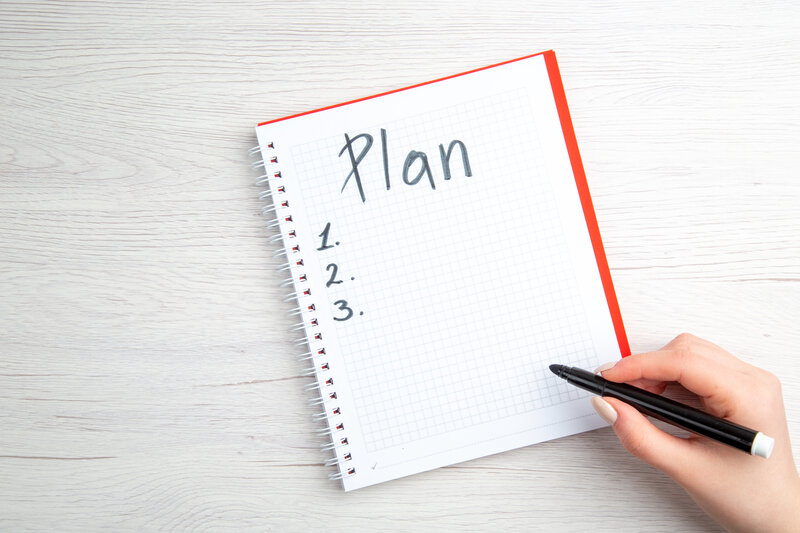
The planning stage of the event is the head of the event strategy. Quite literally, because you create an idea of your event with your head and refine that idea into a concrete, achievable, and measurable event goal. By doing so, you can direct all your event organizing efforts to attaining that objective. Now, let’s look at the event planning process in detail.
Develop an Event Purpose Statement
The significance of an event’s purpose cannot be overstated. The conscious understanding of the question, “Why are you holding this event?” The answer to this question is the motive that you strive to achieve. An event without a clear objective and purpose will drain money, resources, and time. As the event planner, it’s your responsibility to develop a clear purpose and goal for your event, preventing the wastage of resources and ensuring a focused approach.
When formulating your event’s purpose, it is crucial to create a goal that resonates with attendees and reflects the company’s objectives. This alignment ensures that everyone involved is working towards a common goal, fostering engagement and commitment. Moreover, the purpose should be clear and attainable, providing a roadmap for the event’s success.
Next, you need to convert what you imagined into concrete forms of communication for your stakeholders by creating an event purpose statement. Since your event’s purpose is visible to your audience, highlight the event’s intention, reasoning, target audience, and importance. Your event marketing and promotion will revolve around your purpose, so make it clear and reasonable.
Strategize accordingly to define a purpose statement for each sub-event, individual meeting, or conference that identifies with a specific group of people. For instance, if there’s a product launch event to introduce a new product, you must state your purpose for every room or auditorium your attendees will enter to inform them of the intention of that room and the value they will get out of it. It will help boost brand equity for the event while providing a better attendee experience.
Create Event Goals
An event goal provides a definitive and measurable point that directs your resources to achieve that goal. It must answer the following questions: “What is the objective of this event?”, “What do you want to achieve with this event?”, and “What type of event is needed?”. It must also address what this event has in store for your attendees. Having a clear event goal will make your planning process much more manageable.
If the event aims to exhibit your products or services to stakeholders and expand your market reach, then that goal will inform you to plan a trade show. Your goal of attracting potential buyers and investment will guide you in designing your trade event.
After creating your event goal, you need to make it achievable by anchoring your goals to a concrete base and building a solid goal with the following strategies.
Align with the Company’s Goals
One way to make your event objective achievable is to make it commensurate with the company’s objectives. This is an effective way to solidify your event objectives and make them attainable. For example, if the company’s goal is to generate revenue, then do a trade show, or if the goal is to educate clients, organize a live training session.
Adhere to CLEAR and SMART Framework
The final stage of the refinement process is adhering to your event’s goals according to SMART(Specific, Measurable, Achievable, Relevant, and Time-bound) and CLEAR (Collaborative, Limited, Emotional, Appreciable, Refinable) standards. These standards are frameworks that make your goals achievable.

The SMART framework helps create clear and measurable goals, ensuring every aspect is well-defined, relevant, and achievable within a scheduled time frame. Similarly, the CLEAR framework enables your goals to be flexible, adaptive, and communicative. It makes your goals resonate with the people by developing an emotional connection, which fosters collaboration among multiple teams.
This means that your event goals must have the necessary mechanics to measure whether you have achieved your goal. By making your goal clear and achievable, you can decide on the type of event to organize. Jump into this blog on ‘15 Types of B2B Events that Every Event Planner Must Know About’ to know more. In this blog, you’ll learn the different types of events planned per the requirements/objectives behind them.
Define Your Target Audience
Now that you’ve asked the ‘Why’ and ‘What,’ it’s time to ask ‘For whom’ are you organizing this event? This means you must understand what type of attendees will find your event relevant and their specific needs and expectations. This understanding will guide the changes you must make based on your selected audience type, making them feel valued and considered.
If you want to generate revenue, organize a sales event for salespersons. To select a receptive audience for your event, you need to understand your event goal and the type of event—these two will help you define your target audience. Remember, your audience is not just a group but an integral part of achieving your event’s goal.
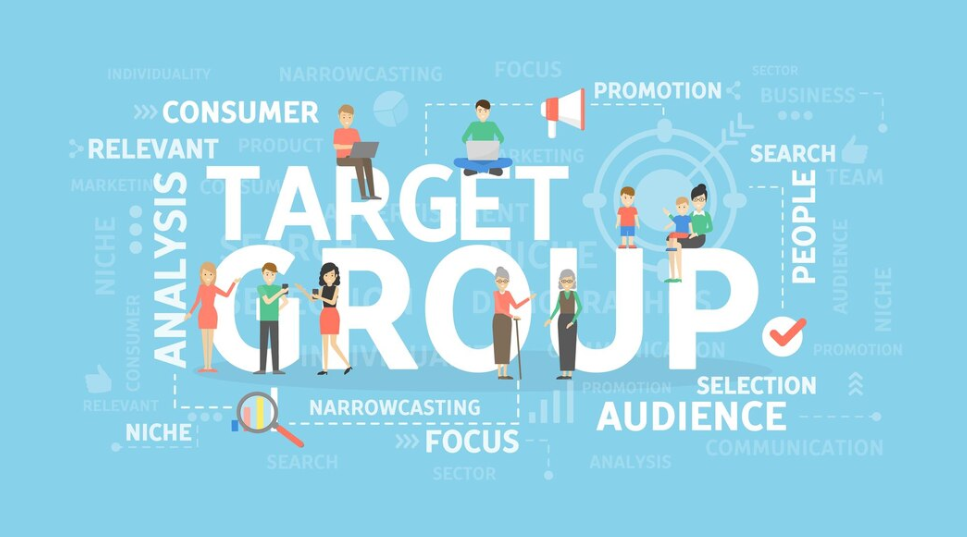
Plan Your Event Budgets
Strategies For Event Budget Planning
An event budget outlines events’ financial and non-financial components by listing them and analyzing each component for its necessity and relevant impact on the event. A budget understands the value of each aspect and strives for an optimum allocation of resources without any unnecessary wastage.
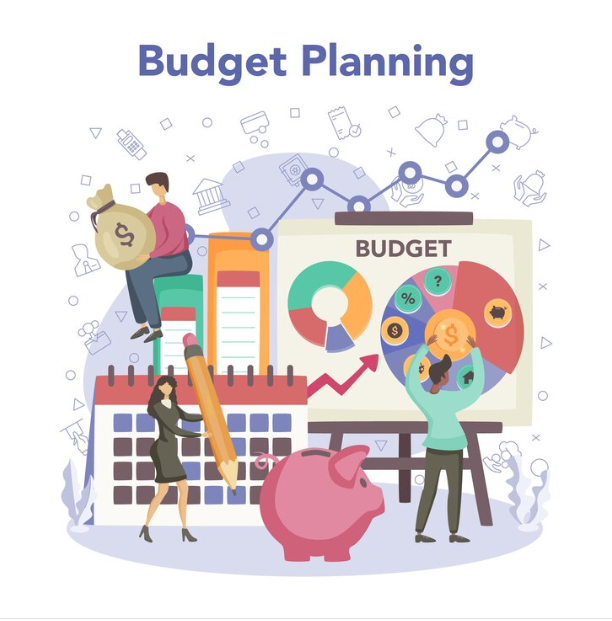
Let’s explore some practical ways to plan your event budget.
Set Your Financial Budget
To create a reasonable budget for your event, consider its purpose and goal since they have the most impact. Moreover, the nature or type of event is crucial in determining the required budget.
Set your budget by collaborating with your leadership to understand your organization’s ability to finance your choice of event. Outline every aspect of your event by categorizing each element, anticipating the need, providing a description, estimating the cost, and finalizing the actual price. Use collaborative sessions among all the stakeholders to achieve the best of both worlds. The key is to ‘compromise’ and be ‘open-minded’ to new or alternate suggestions, which helps you reduce unnecessary costs.
A few elements need to be considered for a cautious budget.
- Costs related to food and beverage
- Venue rental
- Travel expenses
- Decor costs
- Marketing expenses
- Staff salaries
- Utility costs
- Office supplies expenses
- Opportunity costs of choosing one strategy over another
- Direct and indirect revenue from ticket sales, hotel commissions, sponsorships, etc.
- Brand equity generated from the goodwill of your attendees
Be Resource Mindful
Other than the financial aspects, you must consider your available resources. These include skilled workers, technology, time, connections with external agencies, company support, etc. Planning an event by considering these resources will prove effective.
Create an Event Ticket Price
Take account of your expenses incurred for the event and your revenue goal. Both will inform you of your decision to set fixed or multiple-priced ticket prices. Unless it’s a free event like fundraising, explore options of having a subsidized ticket or VIP tickets for specific people.
With this, we have wrapped the planning stage of the event strategy. Now, it’s time to move on to executing your planning into reality, beginning with marketing your event.
How Do You Market An Event?
You have a great event purpose, a solid goal, and a concrete budget to execute the planning. Still, you must communicate that purpose and objective to attract attendees and panelists. A successful event marketing strategy can help you achieve your event’s goals.
An event marketing strategy involves everything related to marketing your event, including defining your target audience, deciding suitable marketing strategies, maintaining relevancy with your audience and event’s goals, enhancing brand equity, promoting your event’s objectives, and measuring success.
Similarly, setting up your marketing goal is equally important. This depends on the goal and nature of the event. It can be event promotion to drive attendance, retweets, shares, likes, click-through rates (CTR), and other forms of content creation. Organizing your event marketing strategy around a determined goal will help balance marketing costs.
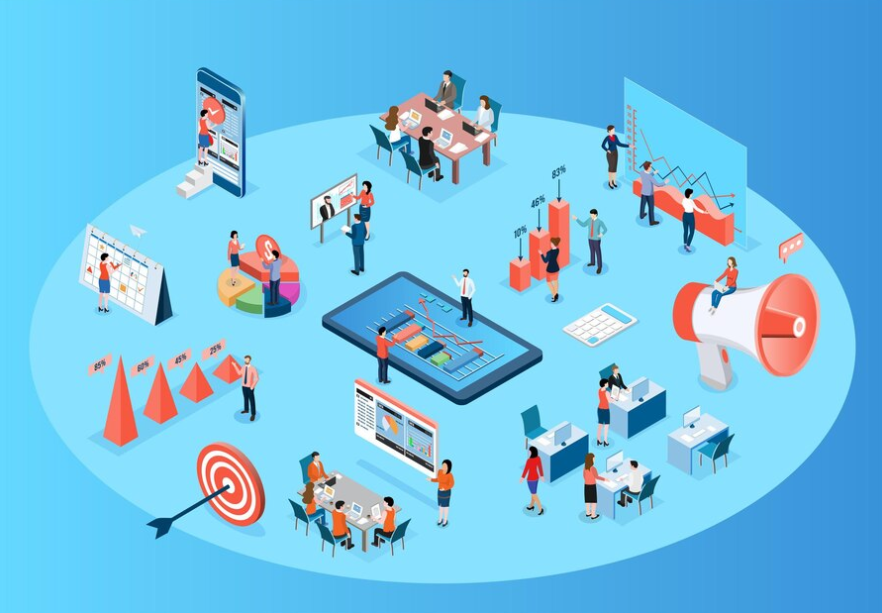
The following are some essential strategies to guide your event management efforts. However, for a detailed understanding, check out our blog for more event marketing strategies.
1. Engage in Pre-Event Activities
The first step is pre-event engagement to create a buzz around your event to make it attractive. Use hoardings, banners, social media posts, and announcements to let people know something special will happen. Do teaser campaigns to create hype around the event, as we see for a movie release. Similarly, pre-event surveys help you ground your marketing strategies with customer expectations and ensure your efforts resonate with consumer wants.
Visit our blog on pre-event activities to gain more insightful ideas.
2. Build a Robust Event Website
Develop an intuitive, informative, and visually appealing website for your event. Make sure to highlight your event purpose and goal. Include the relevant details highlighting what prospective customers might expect, like date, time, location, speaker’s list, reason to attend, etc. Your website should have a bold call to action (CTA) to captivate and register new attendees and a save-the-date section reminding attendees to participate.
To learn more about conference websites and how they must look, check out our article, 20 Important Conference Websites To Watch Out For in 2024
3. Undertake Social Media Marketing Endeavors
Do paid campaigns and sponsorships further to expand your reach and visibility to your target audience. Create an event hashtag for a focused keyword of your event to track your audience’s activities and control the social media content.

Get more social media content ideas for your B2B events by reading our article, “27 B2B Social Media Content Ideas To Drive Success All Year Long”.
4. Craft an Effective Event Reminder Email
You should have a prospective attendee list from the email signups on the event website. Use tools like Mailchimp, Sender, SendinBlue, etc., to set up systematic event reminder emails for prospective attendees at strategic intervals. Design the email to be informative and attractive and include a hook to captivate your audience. Finally, avoid spamming and providing unnecessary sponsorship-related ads.
5. Leverage Press Releases for Targeted Event Promotion
Anchor your marketing campaign around a relevant keyword for conference attendees. Doing press releases and news announcements is a professional way to spread your event message since you’re targeting B2B professionals. Most business people will tend to get Google News alerts around your chosen keyword and see the news article for your event, so make sure to include all the necessary information.
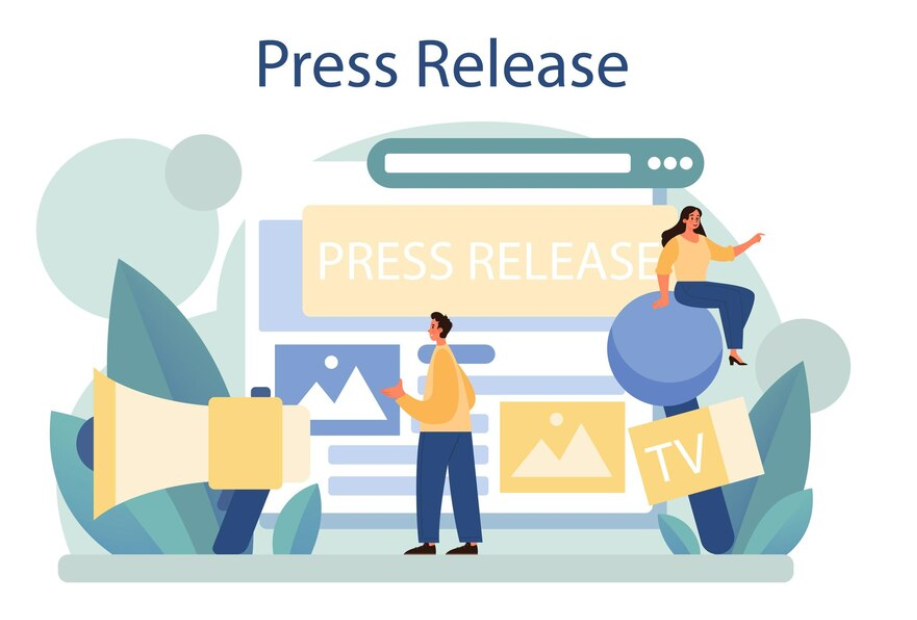
6. Maximize Event Impact with Relevant Sponsorships
Getting relevant sponsorships is an integral part of event marketing strategy. For instance, you can organize a health-related event for business professionals and ensure that the company you’re organizing the event for sponsors a smartwatch for attendees. Ensure that the smartwatch features multiple health trackers and can send alerts related to your event. By doing so, you can guarantee a satisfying attendee experience that will have a lasting impact on your event.
Ensure that your sponsorships are relevant to your event and that attendees can benefit from such products. To learn more about event sponsorships, read our article “Everything You Need to Know About How to Get Event Sponsorship.”
7. Streamline Efforts with Event Marketing Tools
Use an event marketing tool to organize all your event marketing efforts. This is important to streamline your different marketing strategies and help in effortless planning and execution. You can choose to use all-in-one event marketing software or multiple software, but your choice must take into account the following:
- Event registration system
- Marketing-related analytics
- Video production
- Mobile event management
Now that the planning and marketing stages have been covered in great detail, let’s move on to the final step: managing your event in real-time and understanding the event management process.
Steps On Managing An Event
Your planning, marketing, and budgeting efforts have all been dedicated to the event you must manage. All you have to do is create an event checklist and ensure that every aspect of your event adheres to those requirements. In this stage, you must focus on delivering what you promised in your event goal and marketing campaigns. Managing the event is an all-encompassing effort to provide attendees with the ultimate event experience and value.
Here are a few event management steps that you can follow to ensure that your attendees have the ultimate event experience.
Step 1: Utilize Event Management Tools
Use effective event management software to organize your event. Your tool must have a real-time tracking system that allows you to check every sub-event and conference and ensure smooth functioning. It must facilitate communication and interaction among attendees and panelists, networking opportunities based on shared interests, and room for resolving issues and grievances. For instance, adopt the best event networking apps that enable maximum attendee interaction.
Ensure a dedicated space for a smooth registration process to minimize hassles. Set up an on-site registration booth for newcomers’ convenience. Issue badges to attendees for clear identification and documentation. Make the process of getting into your event as convenient as possible.
Overall, an event management tool should assist you in organizing different aspects of your event for smooth functioning.

Step 2: Select the Venue and Plan Logistics
You have to choose the venue based on your event objective and the type of event. It can be a virtual event, on-site event, or hybrid event. However, venue and logistics are most important for in-person and hybrid events. Consider the following while selecting a venue:
- Your event objective
- Nature of your event
- The location of your target audience
- Venue pricing
- Climate patterns
- Relevancy to your attendees
- Opportunity to customize your event venue
Moreover, logistical considerations regarding food, supplies, stays, machinery, and equipment must also be considered. Deciding what event is most suitable for you is paramount. Follow this article to learn more: ‘Virtual vs. Physical Meeting: Which One’s Better & Why?’

Step 3: Look into Risk Management and Contingency Plans
‘Prevention is better than cure’ has never been more true. Having a contingency plan and strategies for managing potential risks at your event would be best. List the worst possible scenarios that might arise during your event and find ways to mitigate them. Make your event management plan resilient and fail-proof. Of course, there will always be unseen problems you might not solve; nevertheless, ensure an alternate course of action to minimize potential risks.
Step 4: Send a Welcome Mail
For a memorable attendee experience, provide a welcome kit. It can be online or physical, but ensure you include a greeting mail, access to your event app, a WiFi password, a reference, and a menu of different events. Include sponsored goodies in this kit to help attendees navigate through your event.
Step 5: Do Event App Adoption
Encourage attendees to download event conference apps in your email reminders and welcome kit. Emphasize the app’s importance by highlighting its features related to the event, like attendee interactions, live-tracking of ongoing events, an AI chatbot, updates from your networks, and previewing the event’s purpose and goals.
The front-end part of your event management efforts must be in the app because this will be your attendees’ constant companion in the event. It should guide your attendees and help them navigate through the event.
Step 6: Craft Attendee Experience
Your event management process should focus on optimizing the attendee experience. To enhance your agency’s brand, ensure that your event organizing is almost flawless and caters to every reasonable requirement of your attendees. Exclusive promo codes and goodies provide additional benefits that supplement this.
An interactive event focusing on live Q&A sessions, brainstorming sessions, engagement activities, gamification, and video sessions will also enhance the attendees’ experience by making them active event participants.
Also, please read our article on attendee engagement strategies to learn more.
In the next section, we will discuss how to measure the effectiveness of your event planning and execution.
How To Measure Event Performance
Your event is over, and now it’s time to measure its success. This evaluation process is not just about assessing past performance but also about learning and improving for future events. All your planning, budgeting, marketing, and management efforts will be evaluated against your choice of measuring criteria.
Firstly, you need to know how to measure your event; this is possible with Key Performance Indicators (KPIs), which you’ll develop based on your event goals. For example, if your event goal is to increase sales, you can track the number of sales pledged by your attendees and define your event’s success.
Simply put, KPIs are anything that points to the core performing aspects of your event, the fulfillment of which will determine its success or failure.
Similarly, your return on investment (ROI) indicates your event’s success, hinting at any positive value you received after your event. Whether monetary or non-monetary, this value will be measured against your KPIs, underscoring the importance of your efforts in achieving a positive outcome.
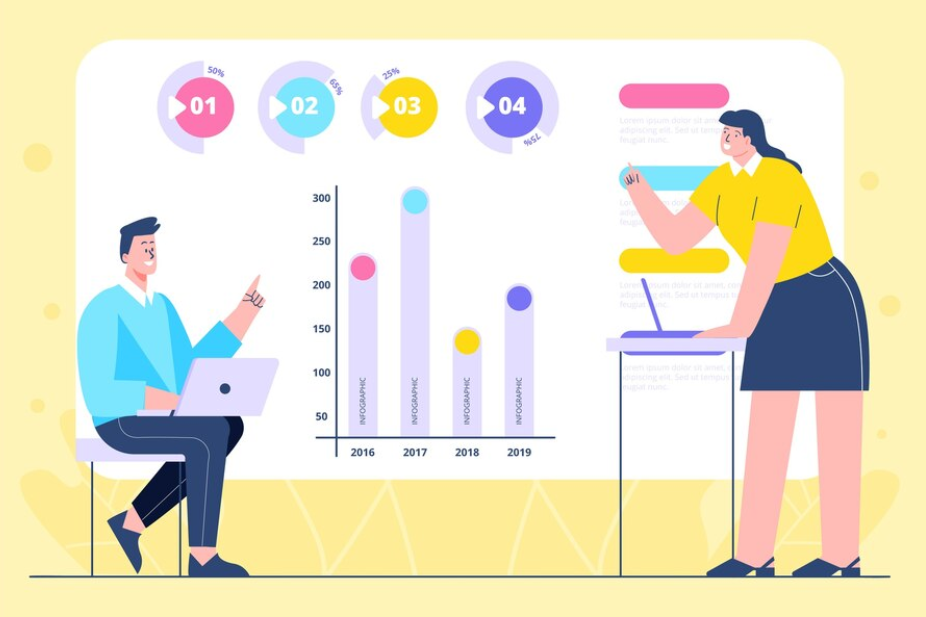
There are a few activities that can help you measure your non-monetary event ROIs, and they go as follows:
1. Send Thank You Mails
You can earn goodwill by sending a gratitude email for your attendee’s participation in your event. Since it is true, let your attendees know they’re essential and instrumental in your event. Try customizing an email with your marketing software to be more appealing. This will leave a good impression on your attendees and boost your brand value.
2. Optimize Event Success with App Analytics
Using your stated KPIs, gauge your event metric through your event app analytics. This will save you time and provide better insights into critical metric areas you previously ignored, including attendee behavior and activity. Proper analysis and storage of these metrics will help you organize your future events.
3. Send Out Event Surveys
Send out event surveys for perfect and honest insights into attendees’ experiences. Ensure the reliability of the feedback and provide questions that you want answered. Leave a space asking for the merits and demerits of the event. This will help you gain valuable feedback for your future event planning strategy. Please read our article, 27 Event Survey Questions For Maximum Responses, to learn more about post-event survey questionnaires.
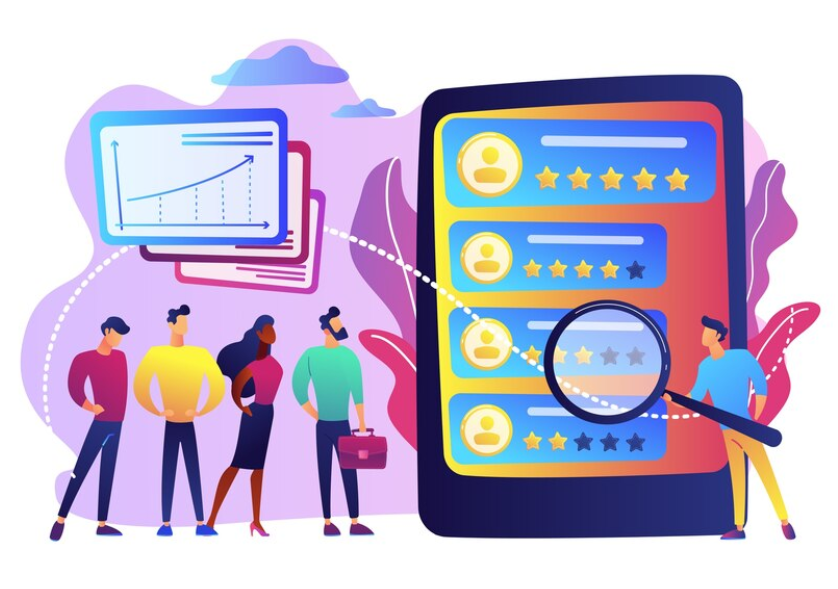
Key Takeaway
Now you know the different stages of event planning. Note that every stage has an equal bearing on your event, and giving equal attention to each step will ensure its success. From rigid structures to unforeseen changes, event planning strategies must balance data-driven decisions and room for flexibility.
That is why it is important to have adequate information on how different events work and what attendees think of them. For all event-related information, visit Eventible.
It is a platform where professionals can find, review, and evaluate business events. It has over 10,000 event reviews offering insights on event quality, networking opportunities, and overall event experience. Eventible can enhance your event strategy by gaining honest feedback, detailed ratings, and testimonials from attendees.




Comments are closed.